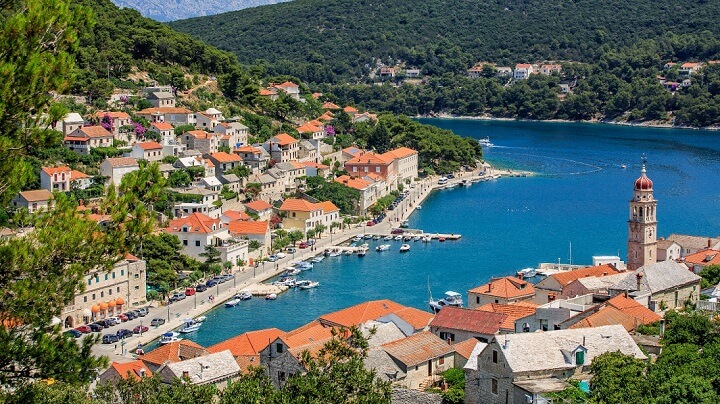
Croatia is one of the most beautiful countries I have ever visited in my life. I had been spoken highly of about him and I visited him with very high expectations, but despite this he did not disappoint me at all. Quite the opposite. Cities like Dubrovnik, Split or Zadar are beautiful and worth visiting.
Beyond their most important cities, which is what travel agencies usually sell us, you have to stop in their towns . There are those that are especially recommended, as is the case with those that I share with you in this article.
Korcula
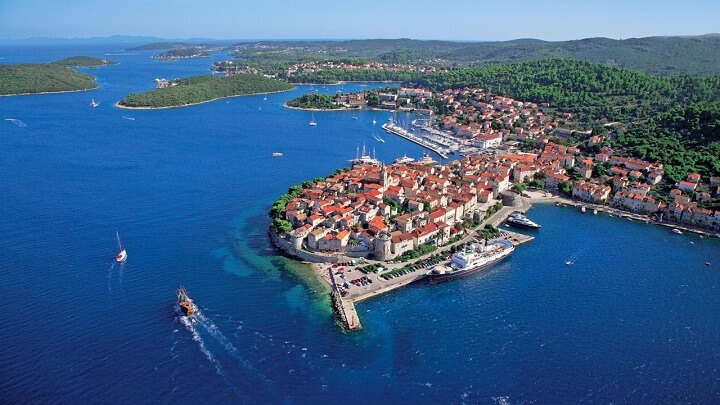
Korcula is an island halfway between Split and Dubrovnik. It has incredible beaches and its capital, the town of Korcula, is a must for its fortifications and for how well its ecclesiastical buildings are preserved. In addition, by its walls you will have the feeling that you have not gone too far from Dubrovnik.
Recommended article: The six best beaches in Croatia.
Trogir
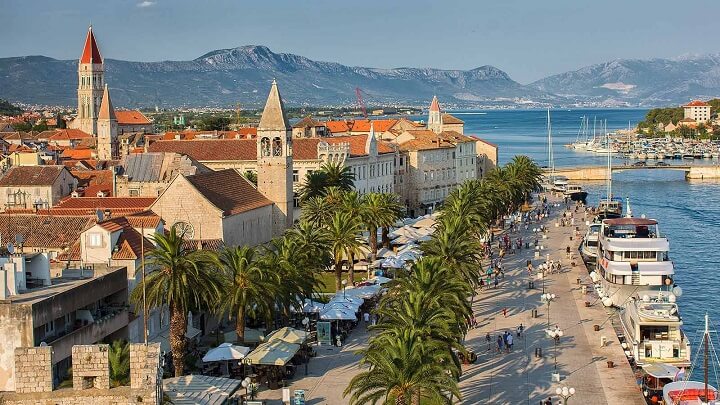
It is a very small town made up of a network of narrow streets that you will want to walk through without fear of getting lost. It could be said that it is one of the best preserved medieval towns in all of Europe.
Hum
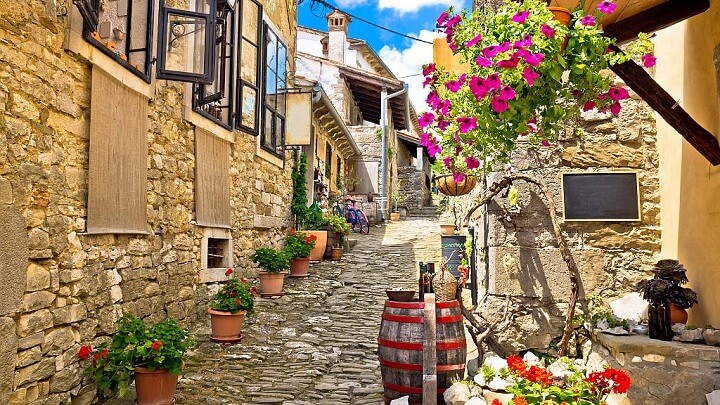
Be very careful with Hum because it is listed in the Guinness Book of Records for being the smallest town in the world . It is in the center of the Istria region and there are less than 30 inhabitants who are used to seeing tourists who come wanting to take a picture in its only street 100 meters long by 30 wide. Legend has it that the giants created Hum by accident when they realized that they did not have enough stones to create cities on the banks of the Mirna River, as they had to settle for this miniature city.
Rovinj
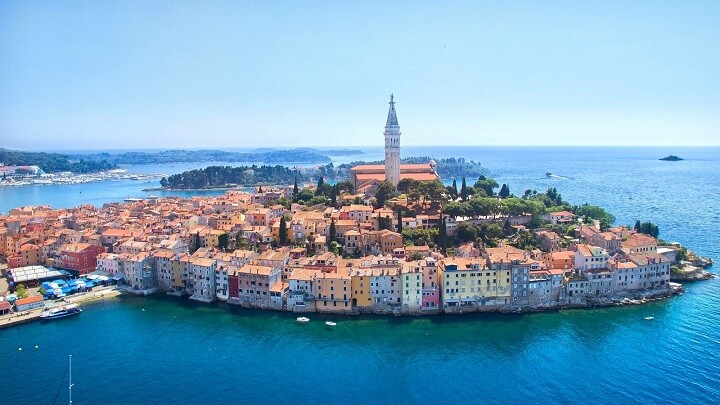
On the west coast of the Istrian peninsula is Rovinj, where some 15,000 inhabitants live enchanted by the beauty of its town, which is one of the most visited by tourists every summer. Of course, do not expect to find fortifications like those in other parts of Croatia, although instead you can enjoy the spectacular houses that are right in front of the sea , just a few meters from the water.
Skradin
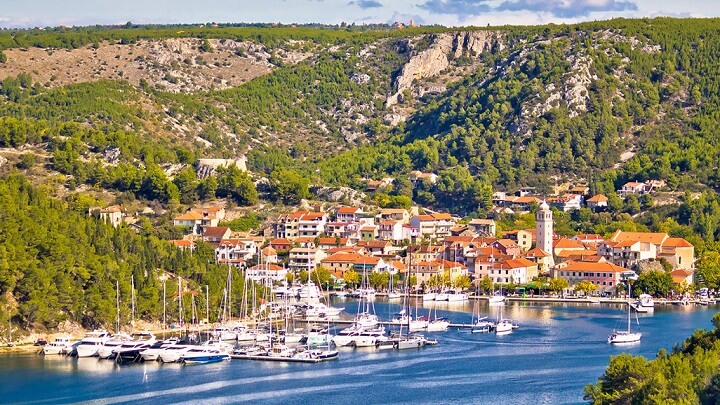
It is one of the most recommended villages of all those that are near the Krka National Park , and in fact it is the gateway to said park. From its small fortress you can enjoy views of the area that are not bad at all.
Groznjan
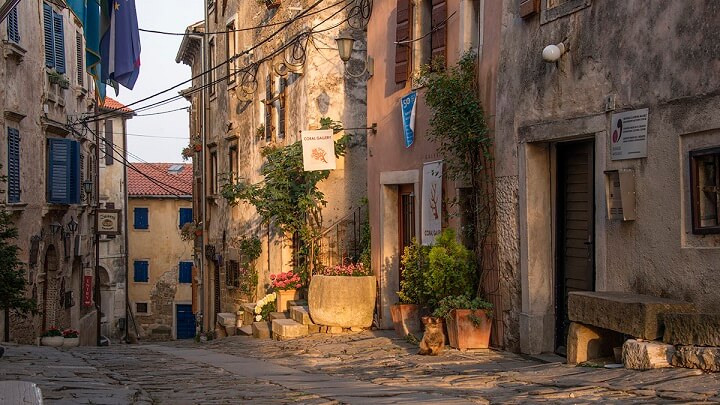
Located north of Croatia, one could say that is one of the few places across Croatia where the Croatian Italian spoken more. It is a town with a lot of history that has been ruled by Venetians, Austrians, Italians and Yugoslavs before falling into Croatian hands, so you can imagine that it has been rocked by various wars throughout the last centuries.
Porec
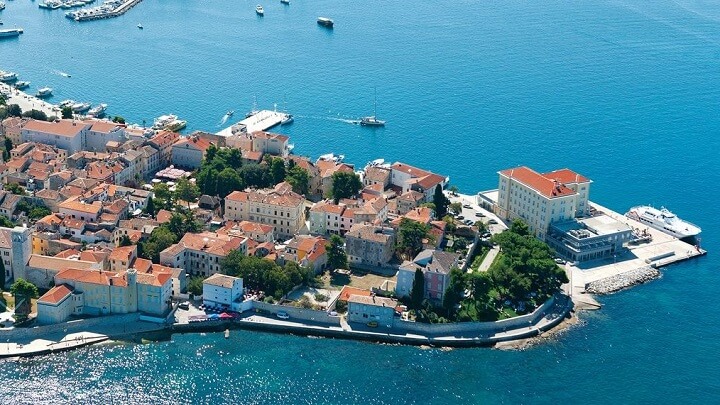
Porec is one of the best options for those who come to Croatia looking to party , which is why it is common to find many young tourists during the summer months. Despite this, there are other plans to do during the day, such as contemplating its old basilica or the Gothic, Romanesque and Baroque architecture that pervades the place.
Pucisca
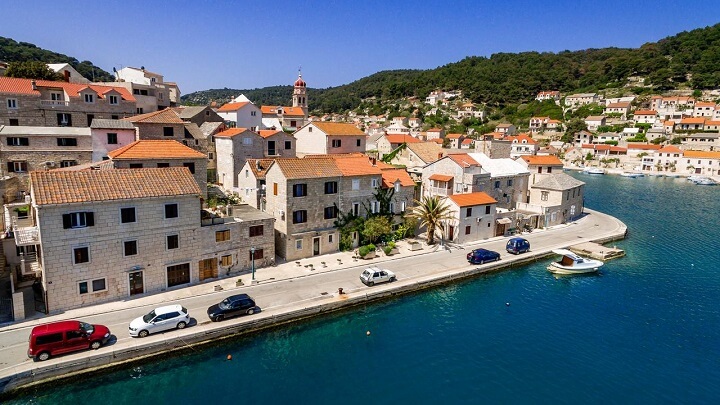
It is a small town (less than 2,000 inhabitants) that is on the island of Brac . Its bay, added to the impressive limestone buildings, allows us to talk about one of the most beautiful villages in Croatia, a place that was once highly desired by artists and aristocrats who loved the good life.
Primosten
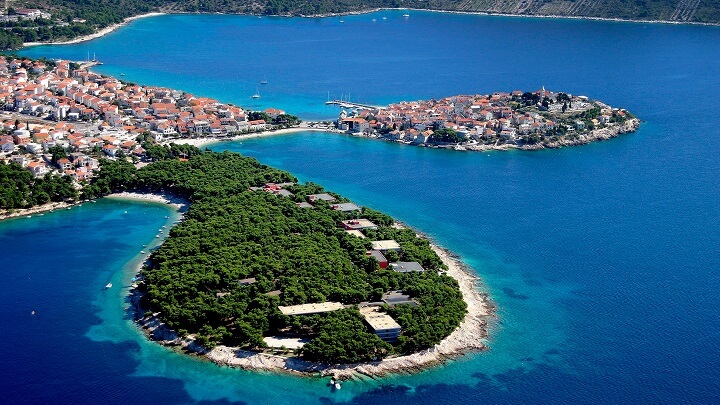
It is impossible not to fall in love with Primosten, a small town that survived the siege of the Turks in the 16th century. Its fortifications are witness to what was lived there, although luckily things have changed a lot and now everything is happiness. Of course, do not consider visiting it in winter, since this city that was once an island only receives tourists in the summer months. Its main attractions? The Church of Our Lady of Charity (Gospa od Milosti) and the Chapel of San Roque (sveti Rok).
Hvar
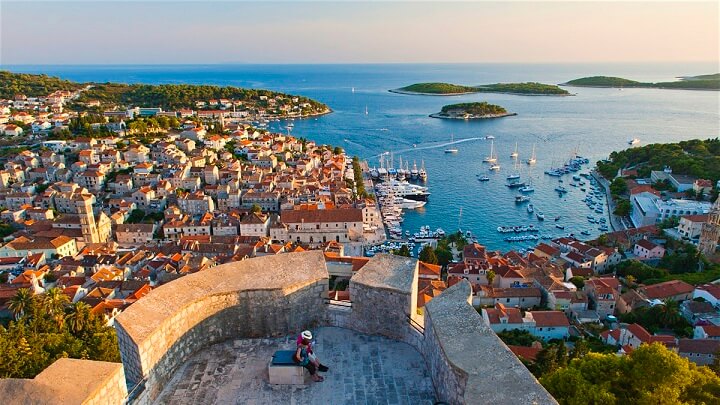
Nothing better than ending with one of the most touristic islands in Croatia. Hvar is a must see, especially its largest town. It faces the Dalmatian coast and is exhibited as an amalgam of architectural styles such as Gothic or Renaissance, in addition to having certain details that reveal a past related to the Venetian aristocracy. Its ivory-colored stone streets are beautiful, as are the Cathedral of San Esteban, the Ancient Theater, the Franciscan Convent or the Spanish Fortress. The latter received this name because several Spanish engineers participated in its construction. The highest point is Fort Napoleon, from where it is possible to contemplate spectacular sunsets.
Recommended article: The best kept secrets of Croatia.
